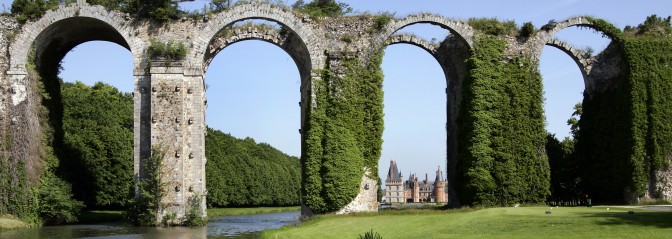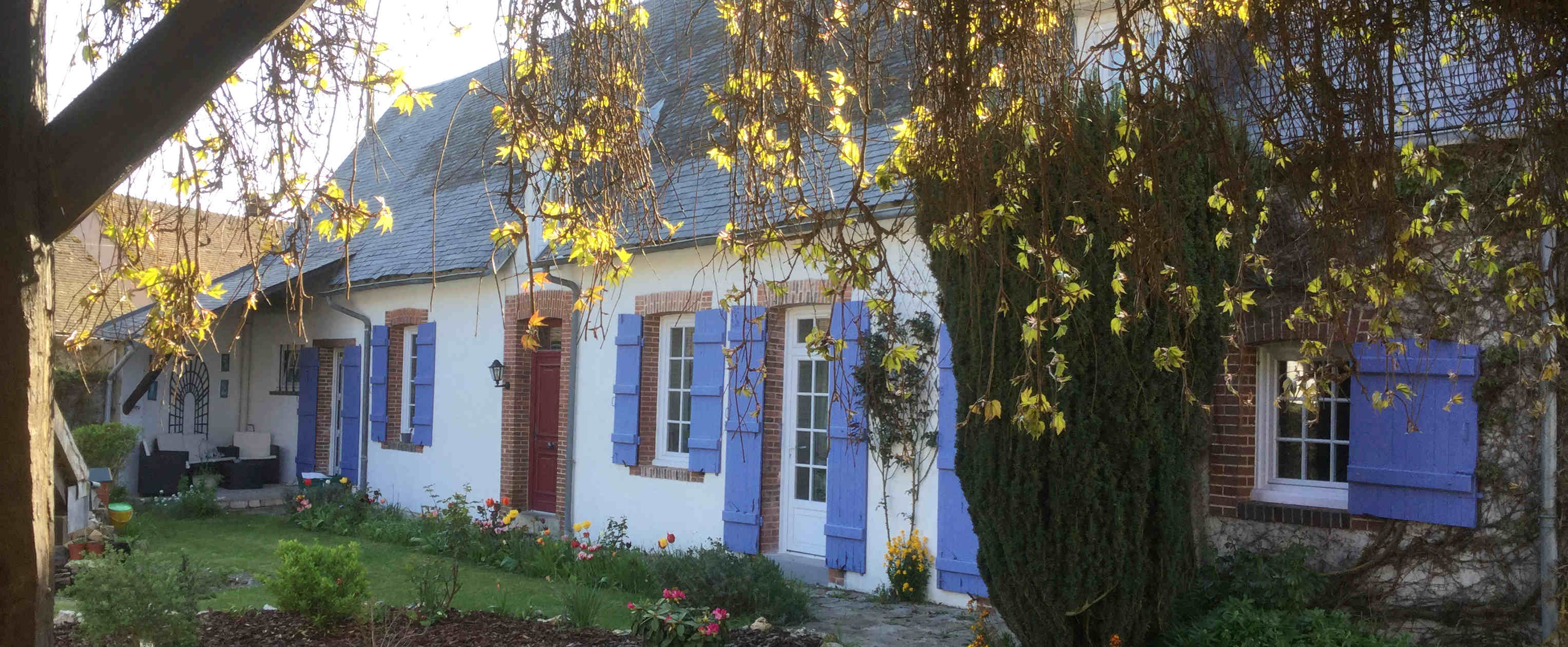
The Aqueduct of Vauban
The enormous unfinished aqueduct that stretches from one side of the estate of Maintenon to the other is the physical manifestation of a King’s caprices.
The structure, Vauban’s only civilian construction, was a colossal project, intended to carry the water of the River Eure to the fountains of the Château de Versailles. Although at the time it was seen as a scar in the château grounds, today the remains of the aqueduct exude a certain romantic charm.
The aqueduct of Maintenon is closely linked with the grounds at the Château de Versailles
Unlike Maintenon, Versailles had no water to feed the fountains and lakes or the 1400 waterfalls that the King wanted to remain flowing, day and night. At first, water was taken from nearby sources, then the famous Machine of Marly was constructed. The quantities of water that could be provided soon proved insufficient.
1683
Louvois (1641-1691), Superintendent of Buildings, commissioned the surveyors of the Academy of Sciences to divert a source of water to feed the waterfalls of Versailles. La Hire (1640-1718) discovered that by using gravitational force, water from the River Eure could be diverted to the grounds and the town of Versailles. Vauban suggested that the water be taken across the grounds of Maintenon by means of a siphon. But Louis XIV wanted “the waters of the Eure to be carried through the air”. The monarch wanted to build a structure that would supersede the constructions of the Romans.
1685
Construction work on the aqueduct began in 1685 with Vauban in charge of the building and La Hire responsible for the excavation works. The project was ambitious: the aqueduct had to carry the water from the Eure at Pontgouin to Versailles over a distance of 50 miles. At Maintenon, the aqueduct transported the water of the Eure above the Eure itself.
The plans for the aqueduct were drawn up by the famous architect Blondel, who based his designs on the Pont du Gard. The early project had three levels of arches, reaching a height of 240 feet. The work was expensive, and during construction the plan was changed to a single row of arches framed by two siphons.
1688
To make up for the damage caused by the building works to the grounds of the château, the King gave Madame de Maintenon the title of marquise.
1695
The War of the League of Augsburg slowed down the works. In 1695, the coffers were empty and the work was stopped for good. Eighteen miles of conduits and some additional work was still needed before the water of the Eure could reach the waterfalls at Versailles. Louis XIV gave the unfinished aqueduct as a gift to Madame de Maintenon.
